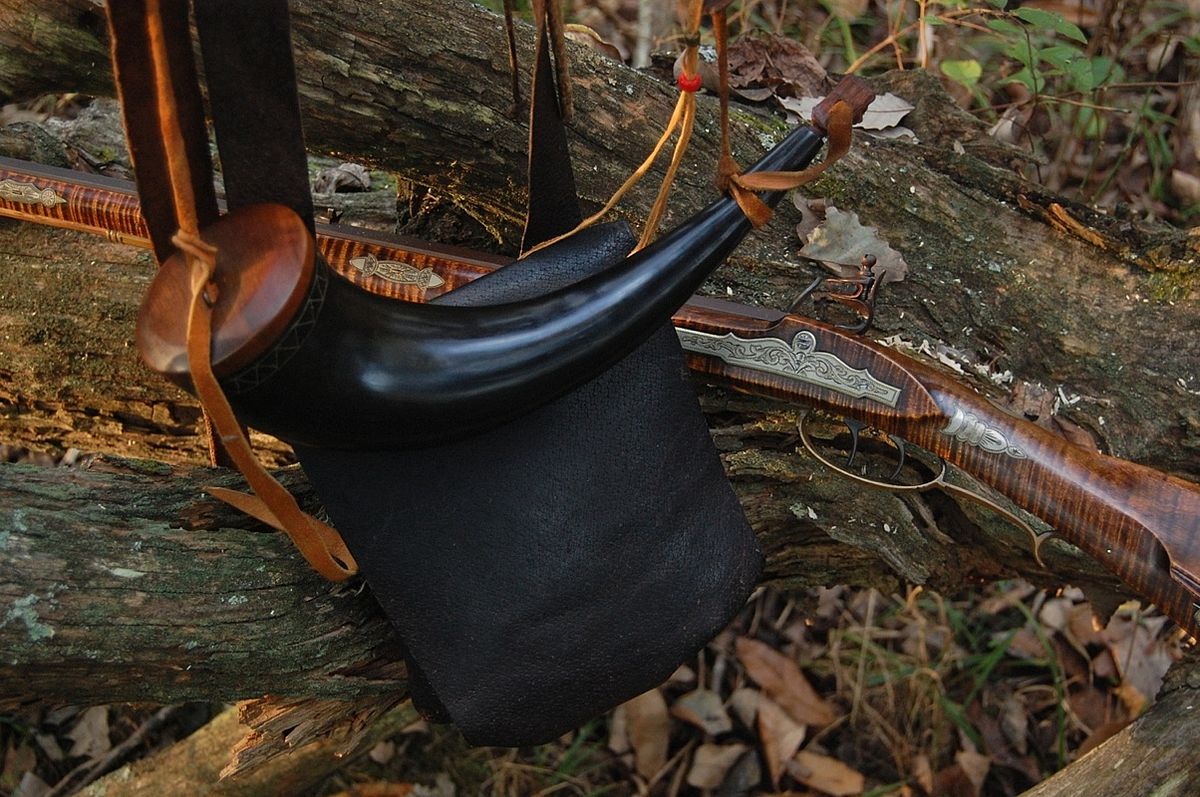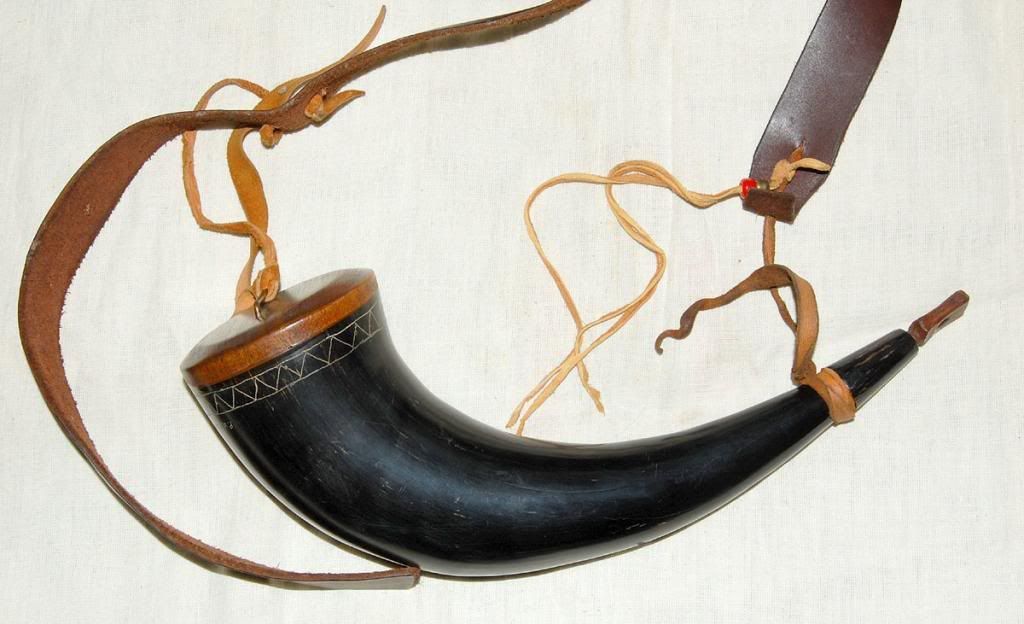nwtradegun
50 Cal.
- Joined
- Jan 19, 2011
- Messages
- 1,496
- Reaction score
- 17
am in need of a med size bison powder horn in the ruff. I mean ready to use but the outside not finished


Sorry bug not true - not only are there several original engrailed (scrimmed) buffalo powderhorns as well as modern ones made by makers such as Scott Sibley with engrailling. Red is often used as a color along with white.Additionally, you can scrim and stain cow horn, but bison is plain old black, so you're in a what-you-see-is-what-you-get sort of thing as regards ornamentation


LaBonte said:Sorry bug not true - not only are there several original engrailed (scrimmed) buffalo powderhorns as well as modern ones made by makers such as Scott Sibley with engrailling. Red is often used as a color along with white.Additionally, you can scrim and stain cow horn, but bison is plain old black, so you're in a what-you-see-is-what-you-get sort of thing as regards ornamentation
as for rough horns, try:
Chichester http://www.chichesterinc.com/BuffaloHorn.htm
Moscow Hide and fur http://www.hideandfur.com/inventory/2208.html
Vomir le Chien said:How about a Black horn from cattle,,been told Bison is ruff and hard to work and furs up even after it is worked!! Don't know just worked on cattle horns,,what say ye Horner75??
Use scrapers to finish the outside with, since that's how most field built horns were finished - wind up by rubbing some oil/grease or tallow - I use a mix of bear grease and deer tallow sometimes with beeswax for a bit shinier finish.rj morrison said:I am moving from rev. war era to fur trade 1800s. I am looking to make one as it would have been made on the frontier. so no shiny outside just a natural as killed horn.




Enter your email address to join: